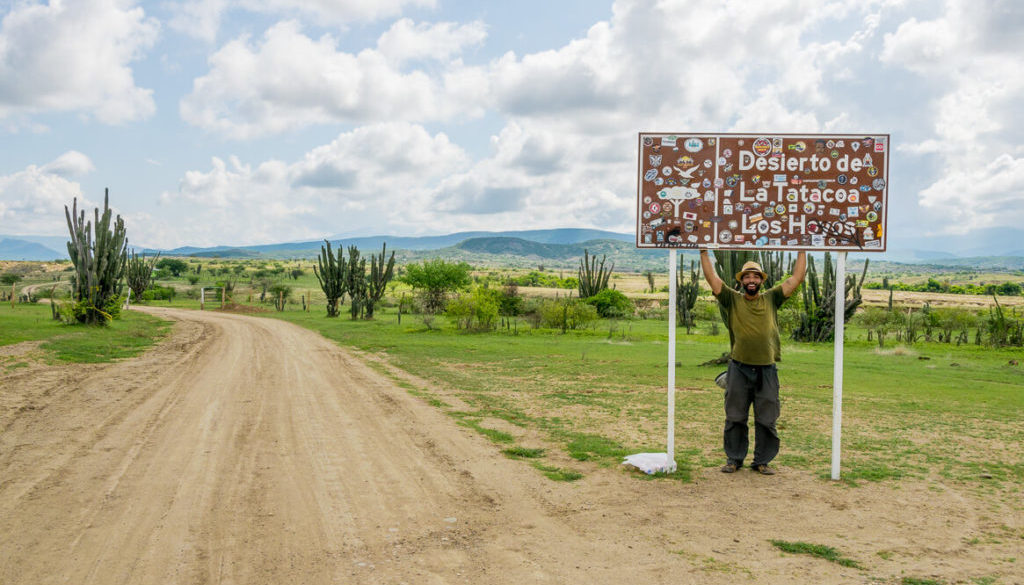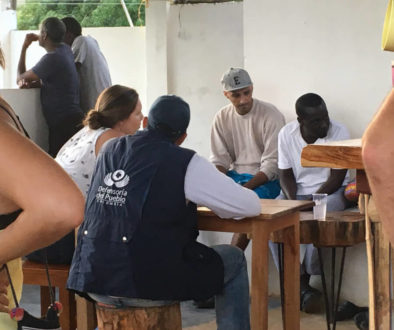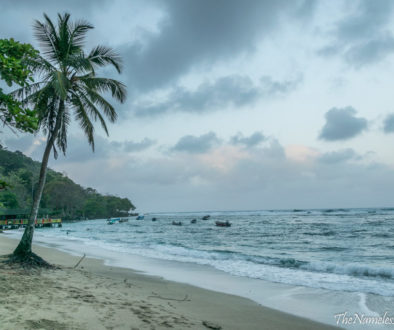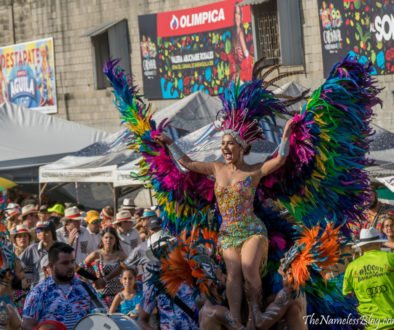Tatacoa Desert
The first time I had heard about The Tatacoa Desert I was nearing the refugio atop Cotopaxi. The highest active volcano in the world (read guide here). As we climbed higher in altitude the temperatures dropped and the snow flakes began. Tatacoa was my mental happy place. You know, that place your mind goes to keep your toes warm in the winter. I imagined a dry landscape with the occasional tumbleweed and cactuses as far as the eye could see. From that day on I knew this was a place I was going to visit on my way north. It was only a matter of time until I would see it for myself.
Bit of History
Turns of despite being labeled The Desert of Tatacoa it’s not a really a desert at all. Instead, the area is considered an arid dry space. Tatacoa receives too much annual rainfall to be categorized as a true desert. While there I couldn’t get a single answer for where the name came from. Some people say the Spanish named the area for a snake like creature that was once found there but is now extinct. Others say this name came from the rattlesnakes in the region.
How to Arrive
- Step 1 – Travelers need to make their way to Neiva. Easily done from Armenia $40,000COP (~$12USD) p/p Travel time: 7.5 hours. Direct buses also available from Bogota, San Agustine and Cali. .
- Step 2 – Take colectivo to Villavieja. $7,000COP (~$2.25USD) per person. Vans leave from the parking lot of the main bus terminal.
- Step 3 – Take mototaxi into desert. $15,000COP ($5USD). 1 to 3 people.
Best of Tatacoa
- Red Desert
– Tatacoa is broken down into 2 main areas as far as tourism goes. The first is the red desert. The trail starts across from the main observatory. It’s easy to follow with wooden trail markers lining the path.
- Grey Desert – Los Hoyos
– The second half of the desert is the grey area. The trail head is much further away from most of the accommodations when compared to the red. In my experience it’ll be a 2-3 hour walk from the hostels. Or you can rent a horse, motorcycle or bike. Additionally you can pay a mototaxi $15,000COP ($5USD) each way, or join a tour. There is a “natural pool” available as well for $5,000COP (<$2USD). Although there is so much chlorine in the pool I think claiming natural is misleading at this point.
- Observatory
-Once the sun falls. The stars will be out in full force. Unfortunately, the light pollution can be seen from Bogota and Neiva but still you’re in for a treat. Open every night.
Where to Stay
- Noches de Saturno (top pick) – Rooms $40,000COP ($12USD), hammocks $12,000COP ($4USD) and camping space $10,000COP ($3.25USD) available. Pool available for additional $5,000COP (~$1.75USD). Super friendly staff. Also the best for camping because of the shaded tree areas. Electricity offered via generators at set times.
- Villavieja – Don’t want to rough it in the desert? You can stay in the town. There are plenty of hostels and hotels available.


Where to Eat
- Noches de Saturno – offers really good basic meals at set times for $10,000COP ($3.25USD). Veggie option available.
Tour Options & Advice
A guide really isn’t necessary to visit the red desert. It’s close by and easily navigated. But a tour might still be a good option for the grey. It’s a bit far of a walk and the sun will literally fry you. We were blessed with many clouds so our walk wasn’t too bad but if that’s not the case for you then you might be in some trouble. The official tours are priced around $50,000COP each ($17USD). But there was a mototaxi driver that said he would take both of us for $50,000COP. This might be ideal because the grey desert isn’t marked like the red one. We turned down the offer and wandered around the area on our own but definitely didn’t see all the sites highlighted on the map.
Extras
- If you decide to stay in the desert the rooms can be extremely stuffy with the heat (even with the fan). I would recommend the hammock over the room.
- Bring sunscreen, hat, sunglasses.
- There are no ATMS in the desert and everything is paid in cash. Bring money with you!
- Leave your wifi addiction in the city.
Safety
In my experience Tatacoa is safe. The people are friendly and helpful. You’ll probably have more trouble with the overprotective mama goats than any people in the area. Seriously, watch out for them they seemed ready to charge a few times. 🙂
Afterthoughts
I loved Tatacoa! Looking back over the 4 months I spent in Colombia it’s one of my favorite highlights. It’s a simple place not yet overrunned by tourism. The views are amazing 24/7. Complete with roaming animals, smiling people and beautiful landscapes. It’s a place to relax and unwind as long as you can deal with the heat. I stayed for 3 nights but in reality if you arrive in the morning you can see it all in one.




















October 17, 2023 @ 2:08 am
great place to visit, thank you for creating this article